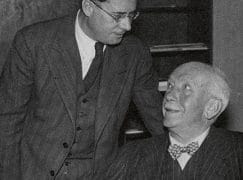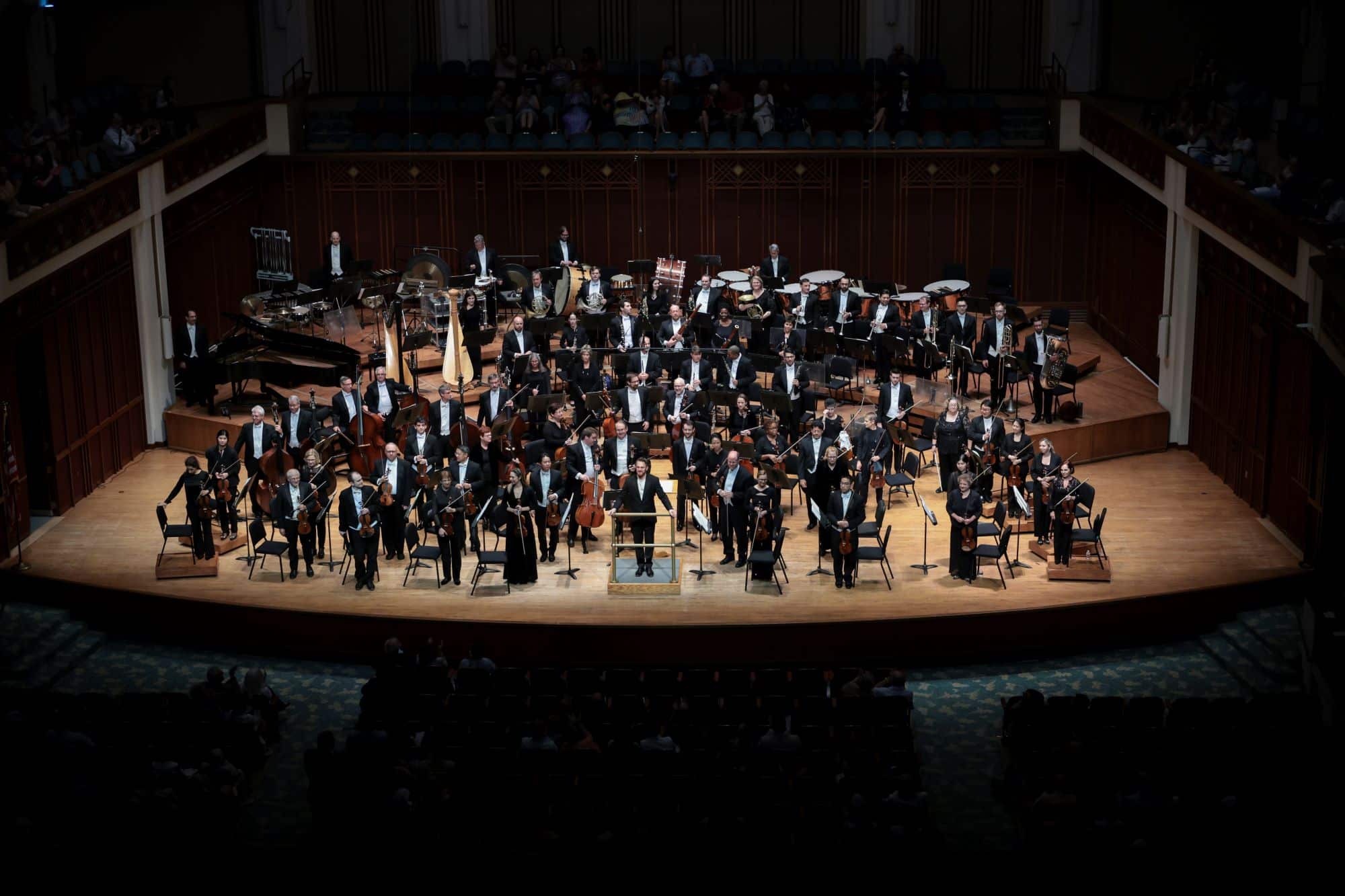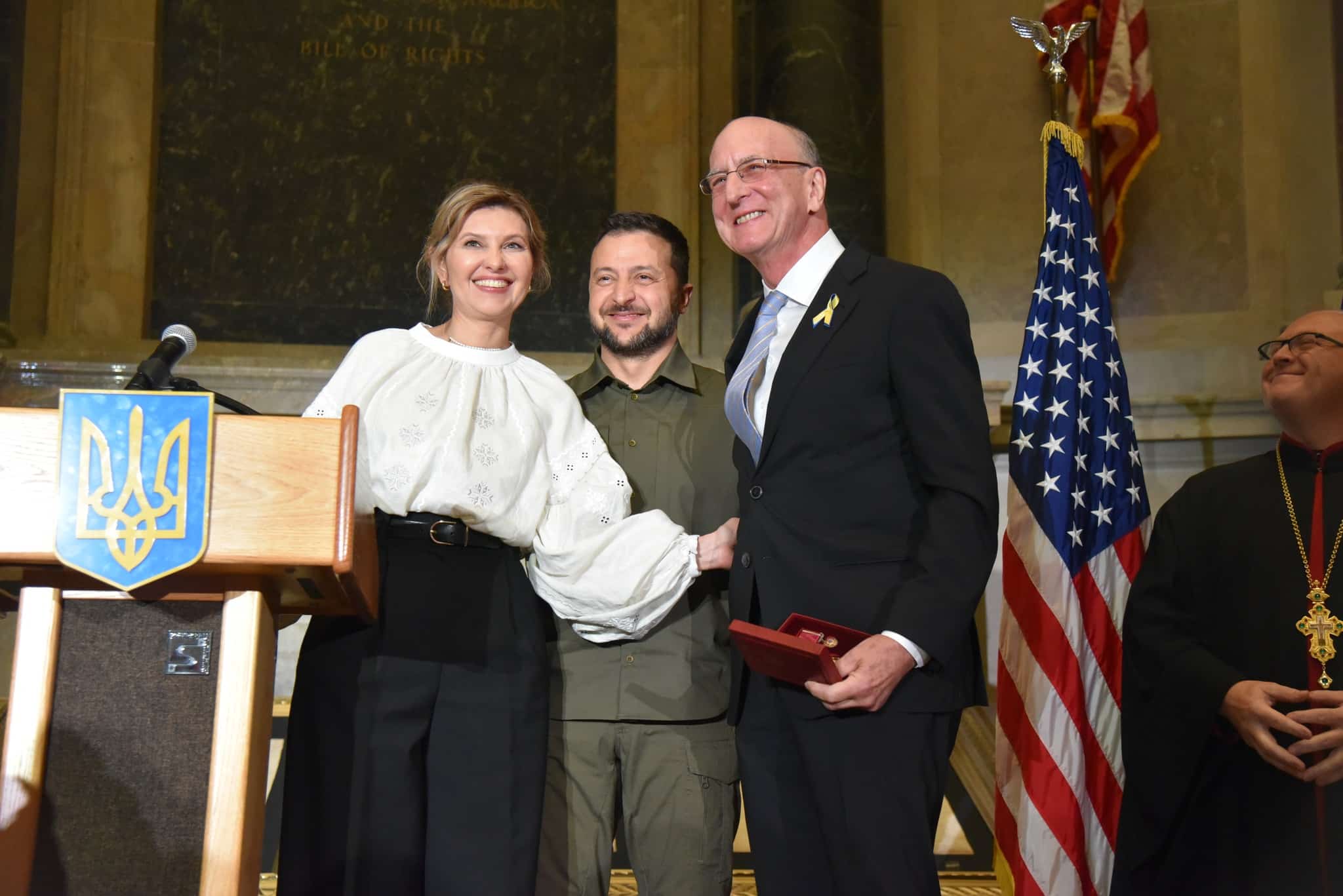That bitter Strauss suite at the end of war
Album Of The WeekFrom the Lebrecht Album of the Week:
In mid-March 1945, Richard Strauss set about writing a suite for string orchestra that would reflect his feelings at the surrounding devastation. The 80-year-old composer had seen his hometown Munich bombed to ruins, but he was comfortably situated in Alpine Garmisch and at no immediate personal risk. His suite, Metamorphosen, was bittersweet: a reflection on his country’s defeat and his own early complicity with its fallen Nazi regime….
Read on here.
And here.
Ici pour la version francaise.
In Spanish here.
In Czech here.






Comments